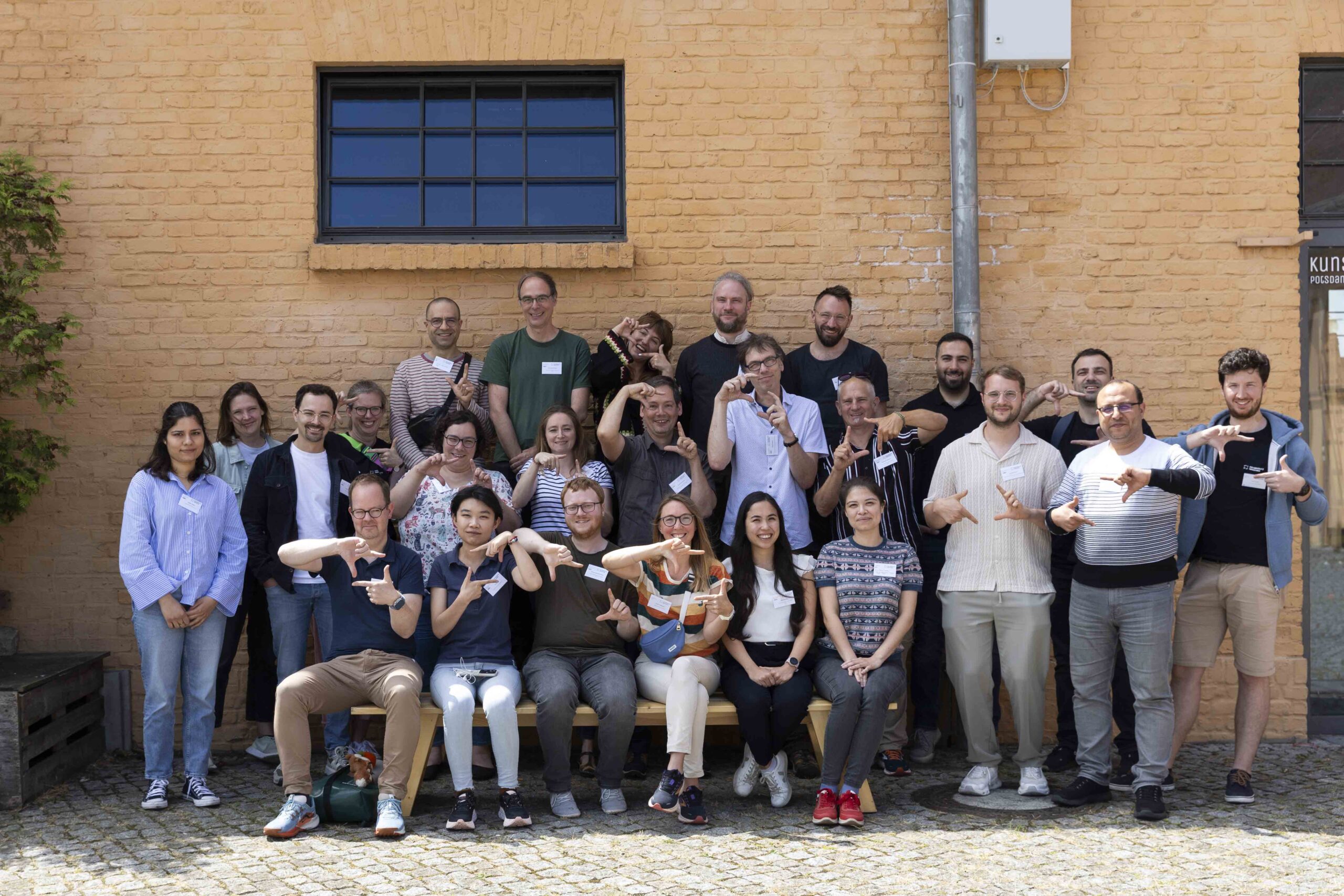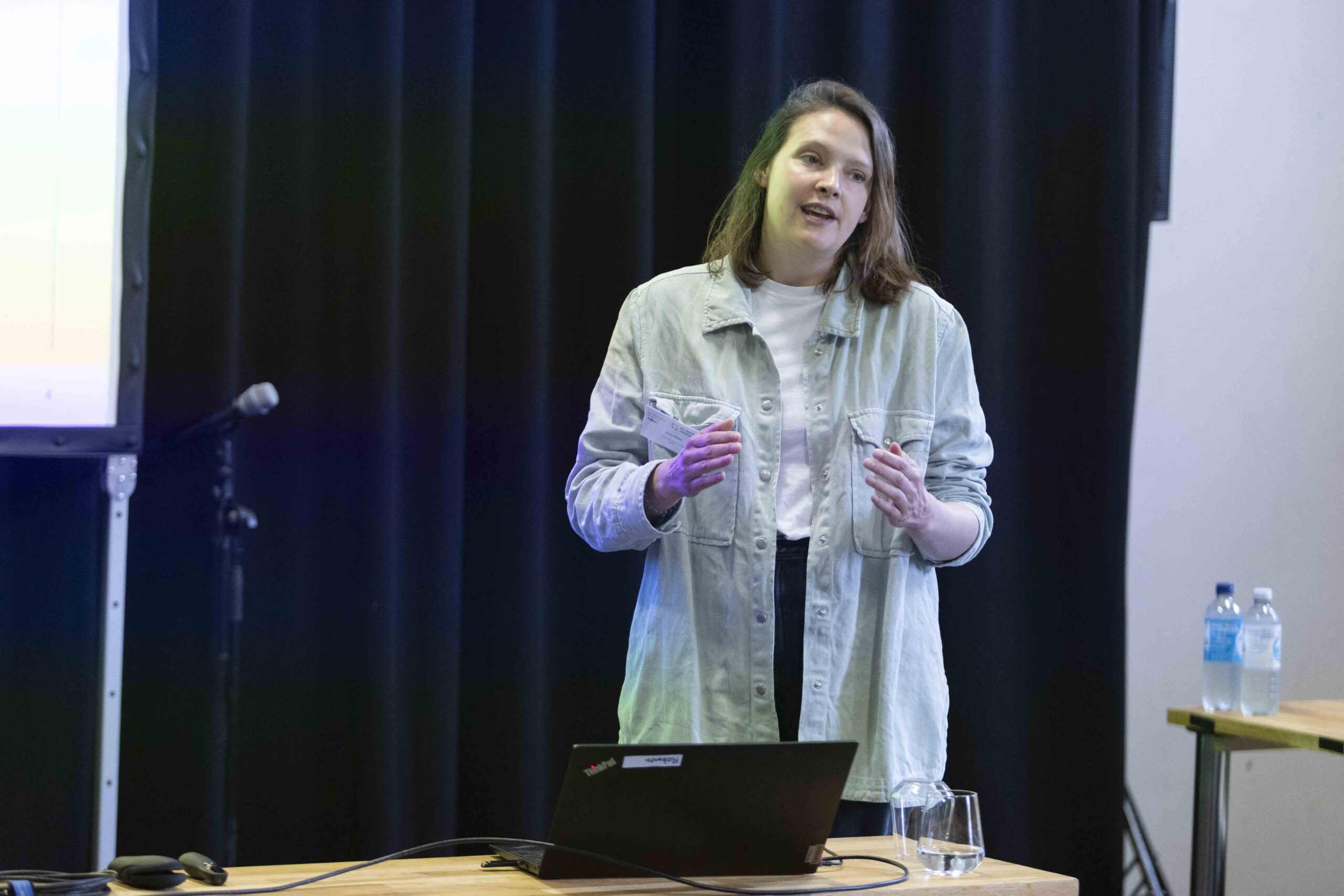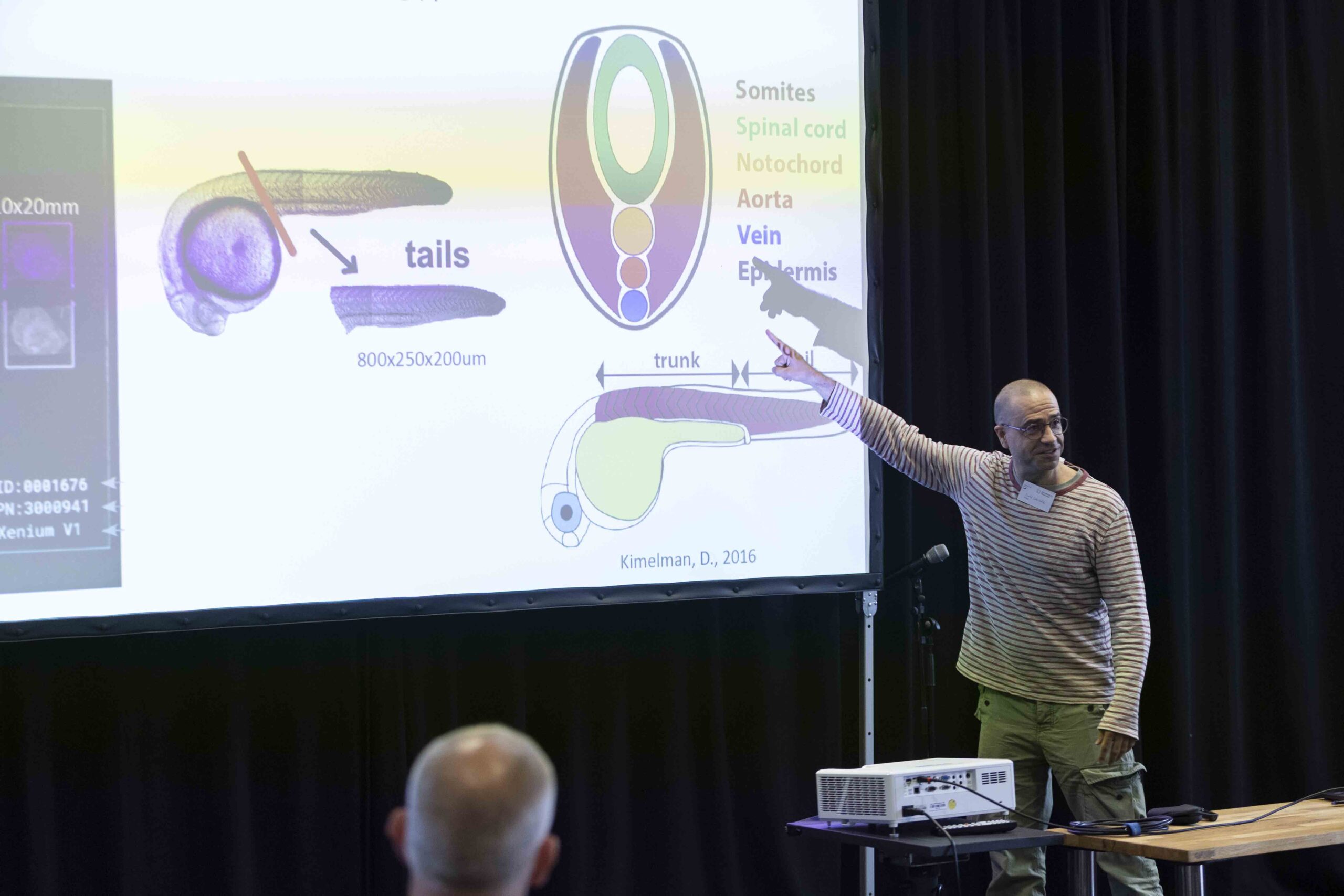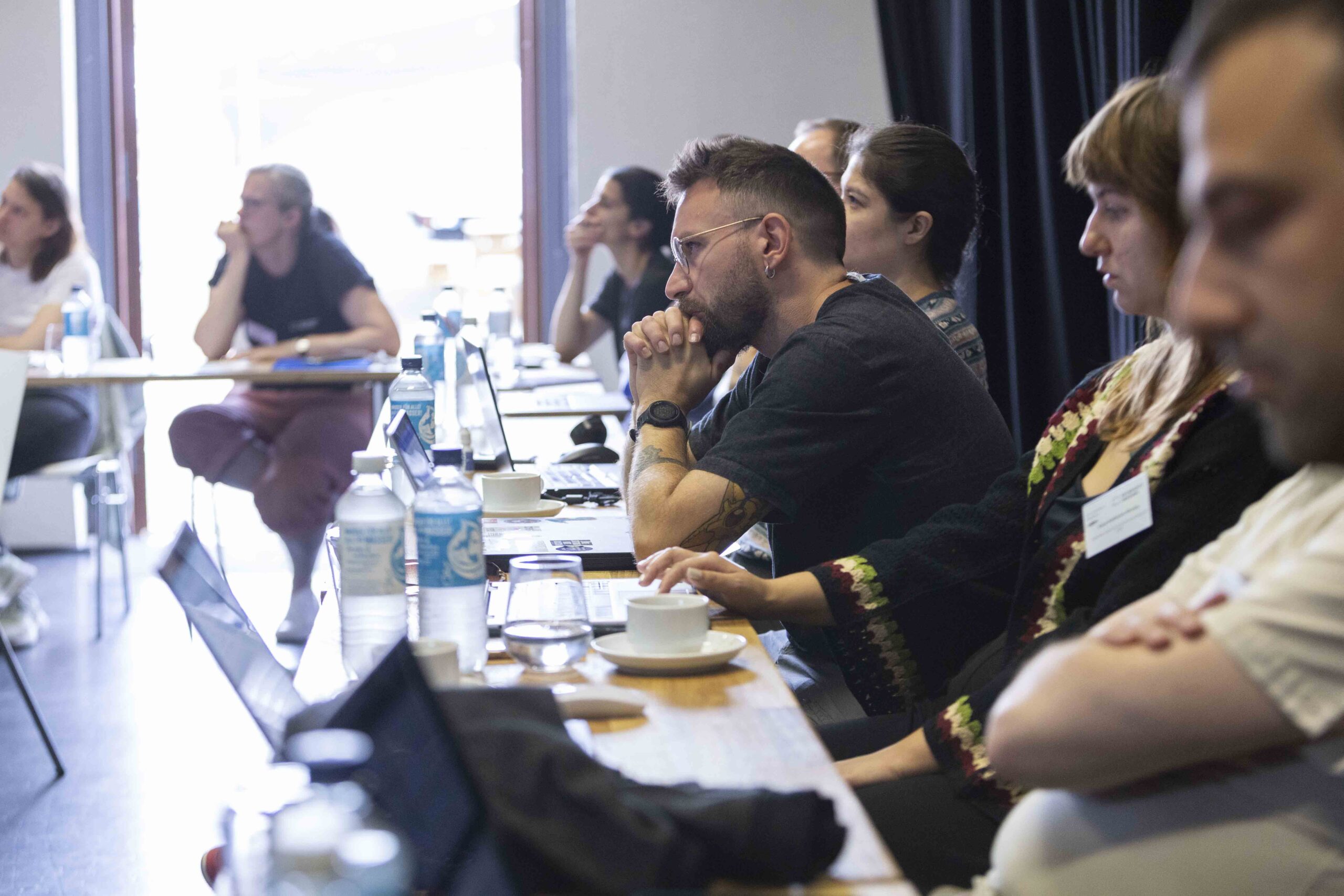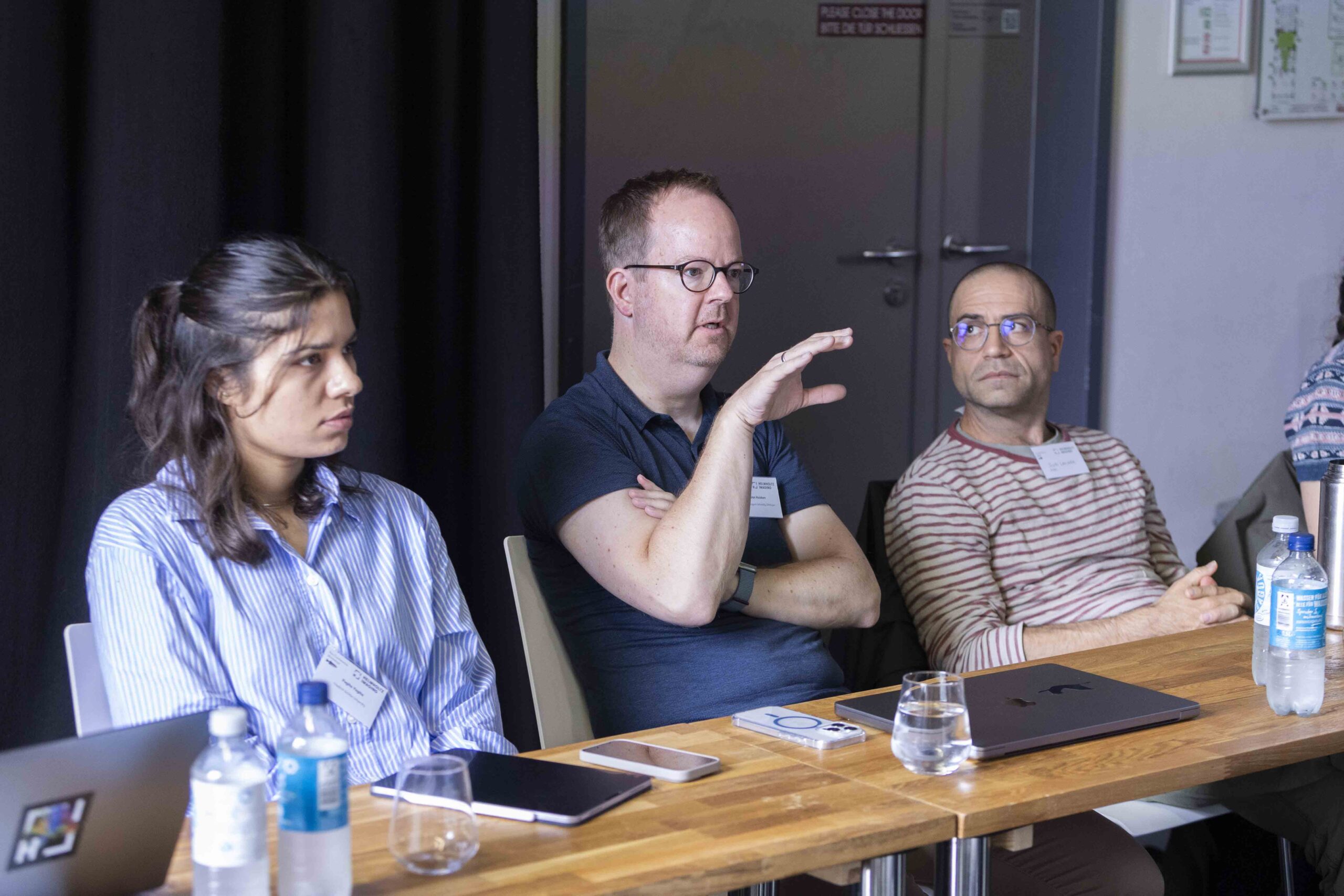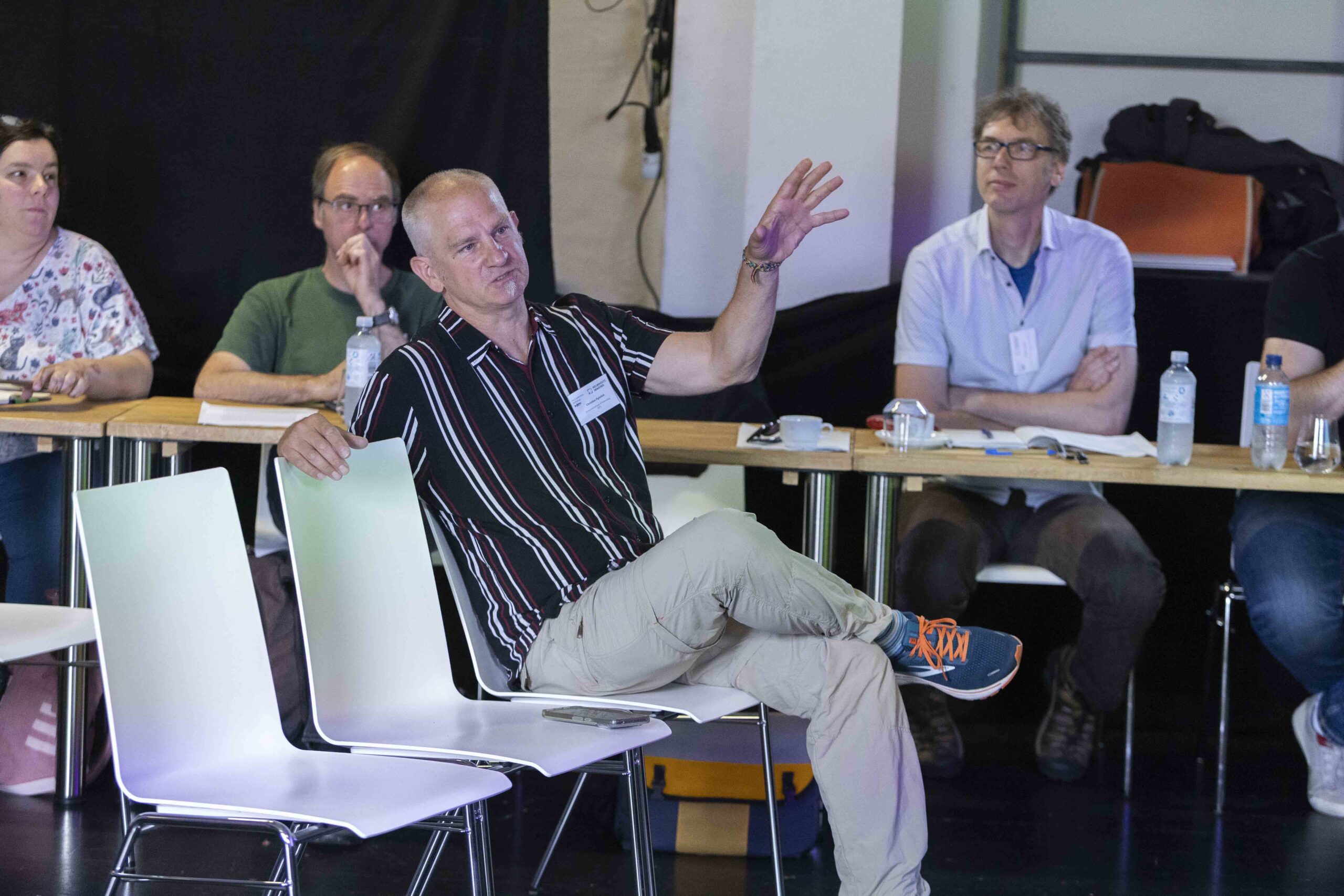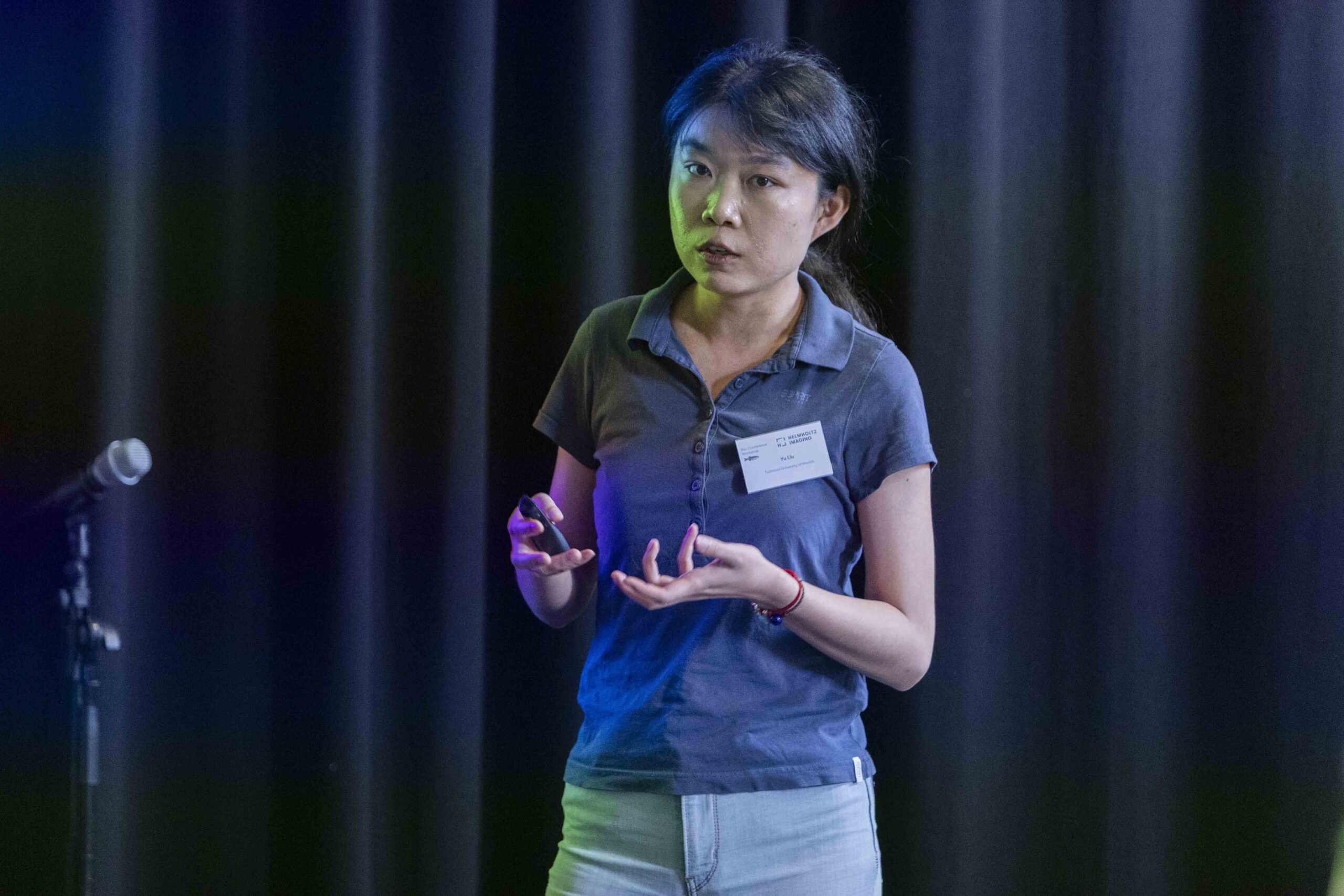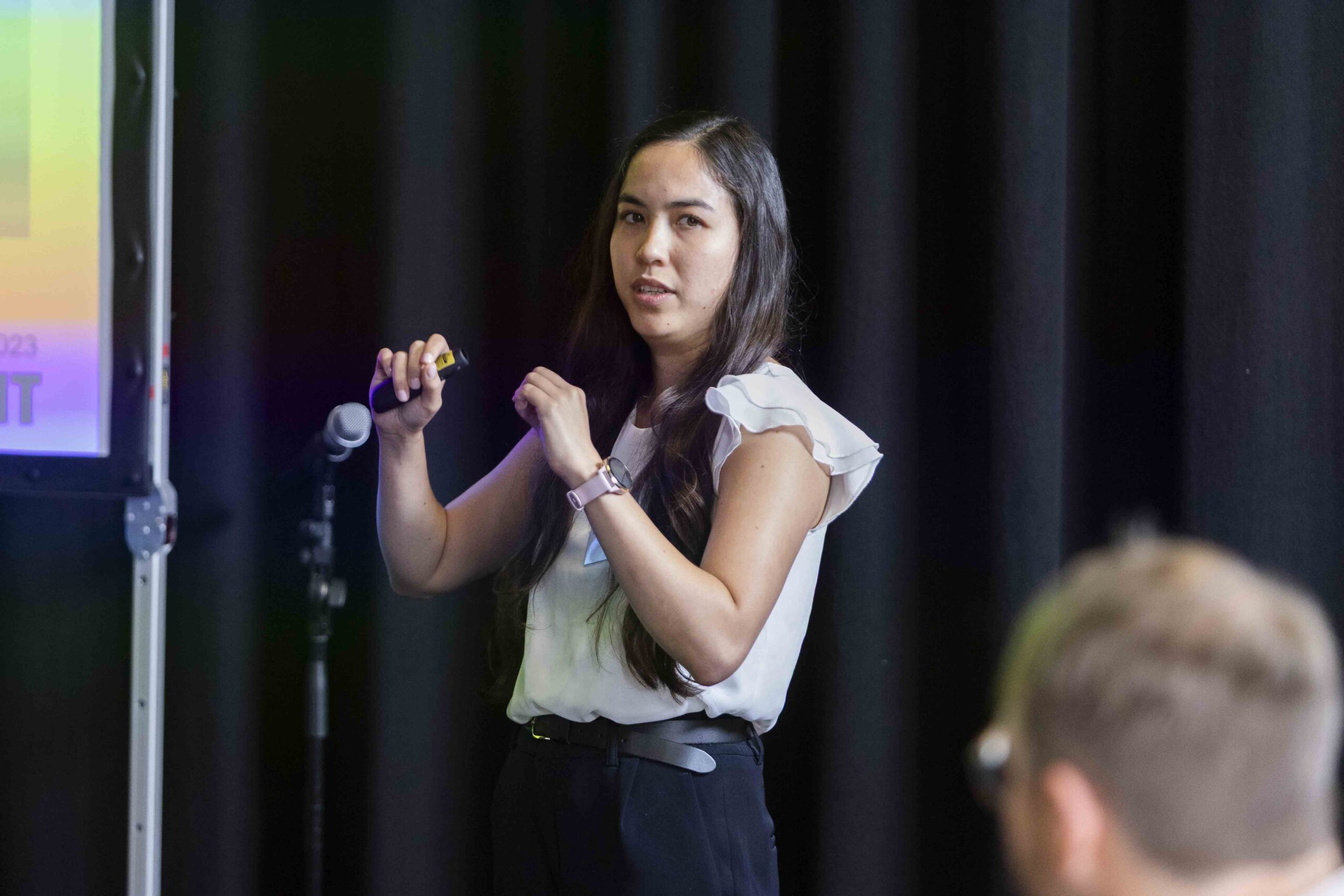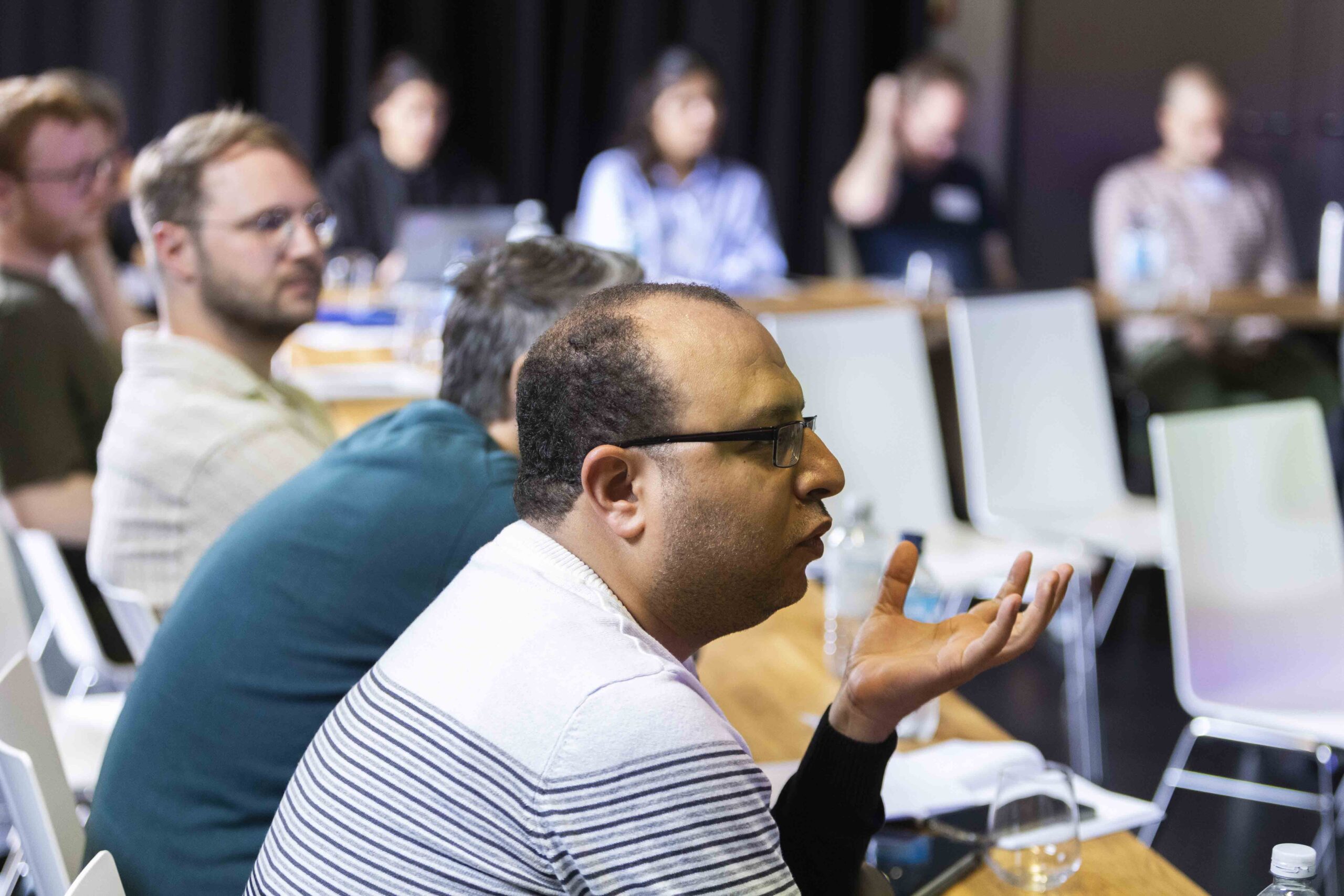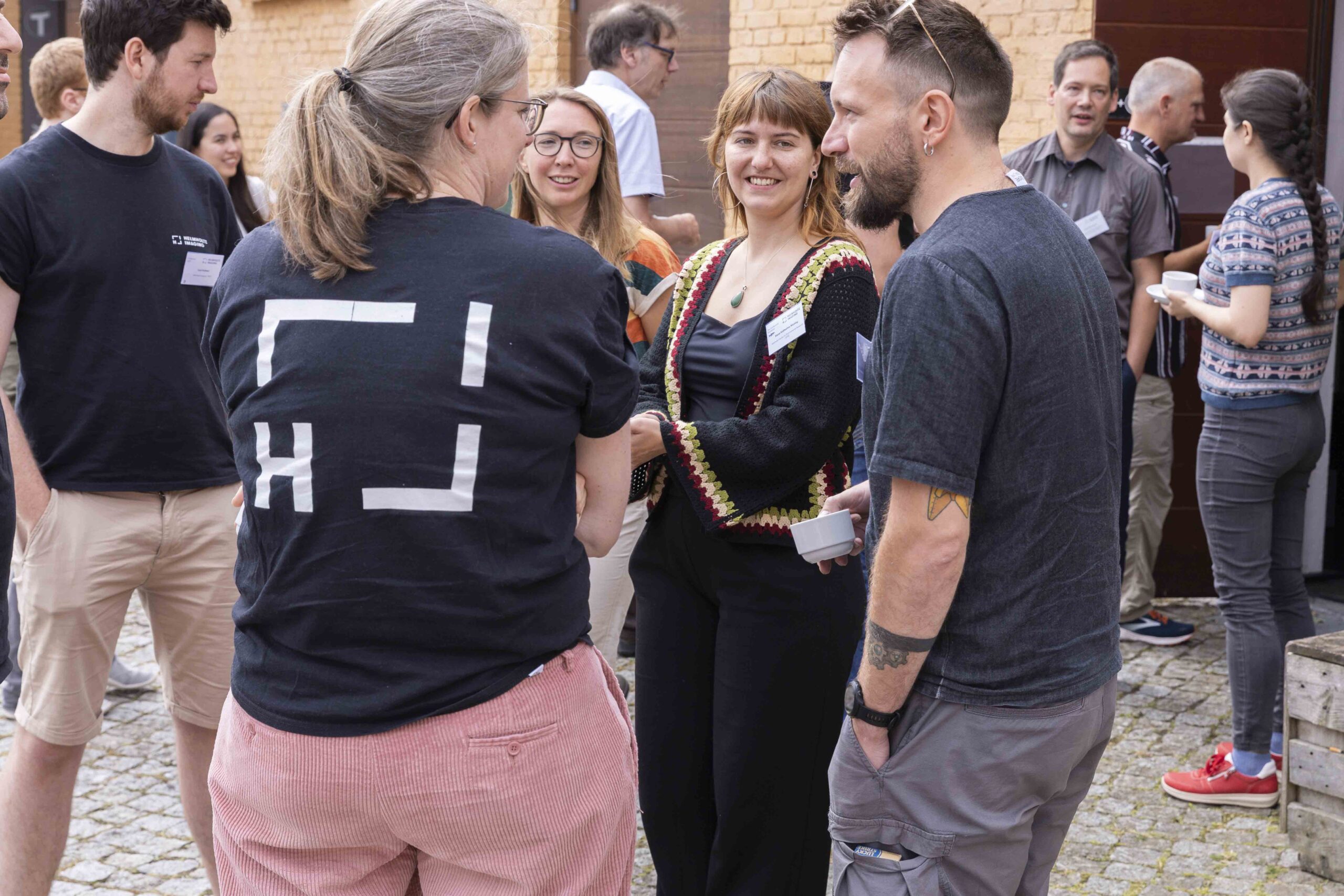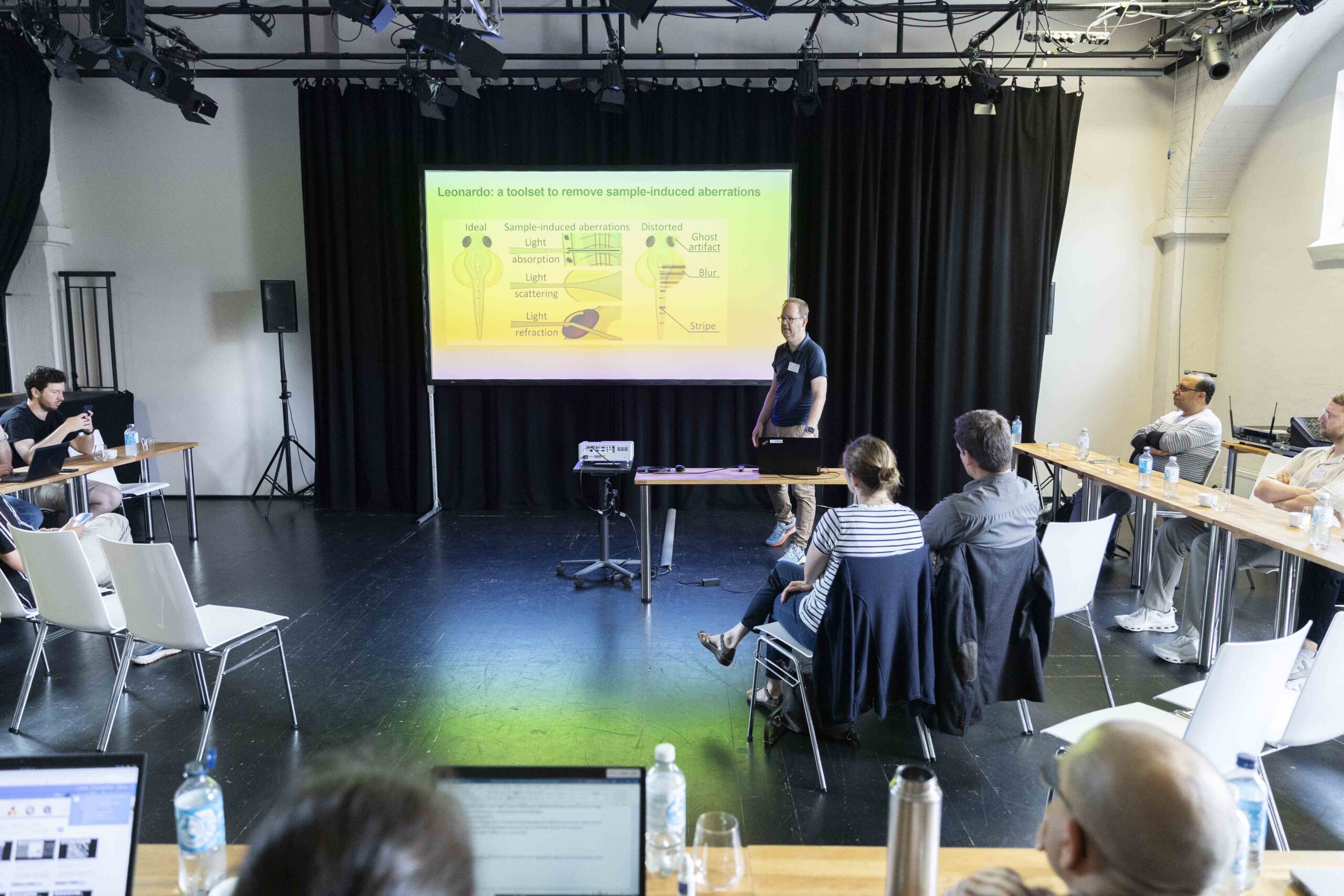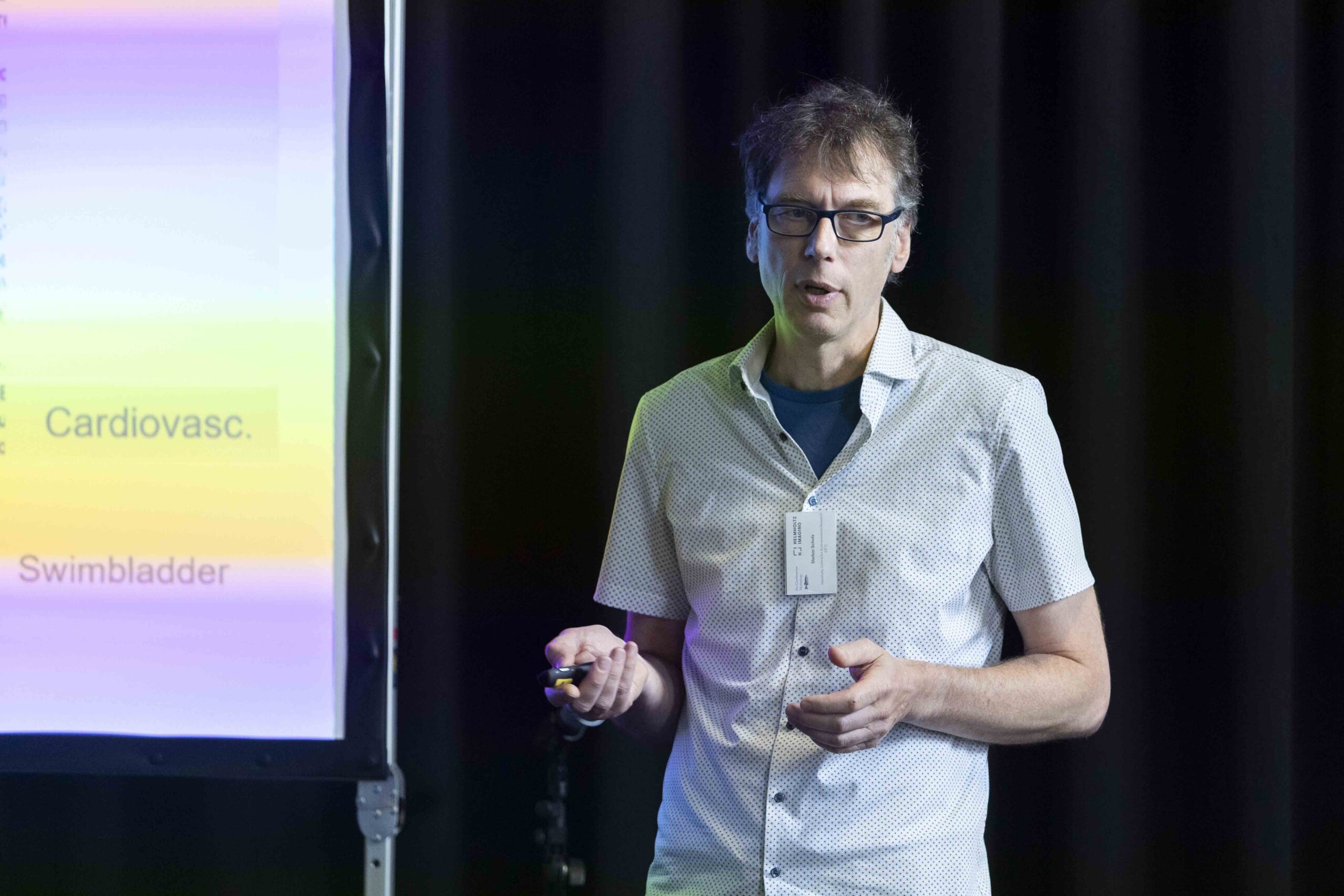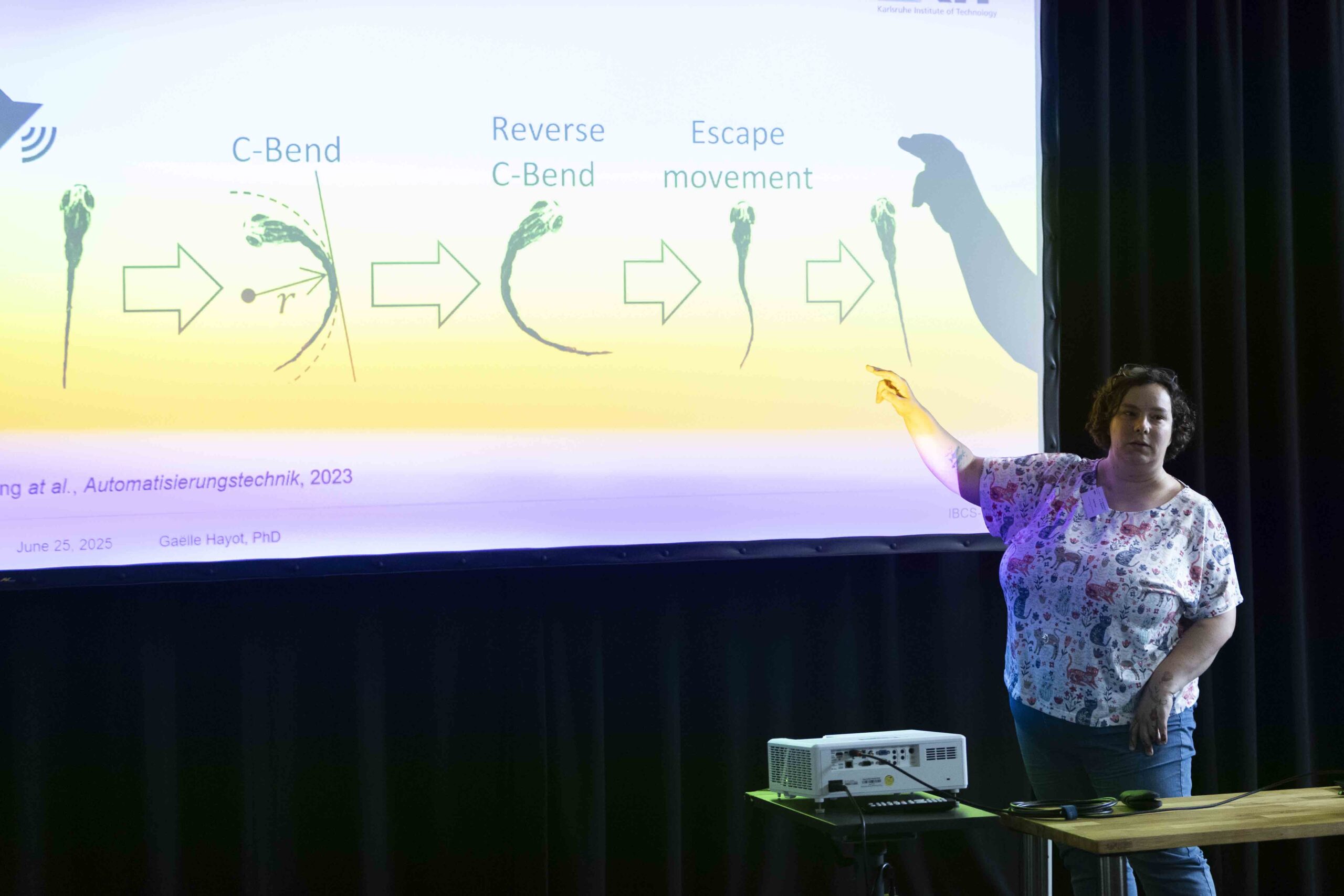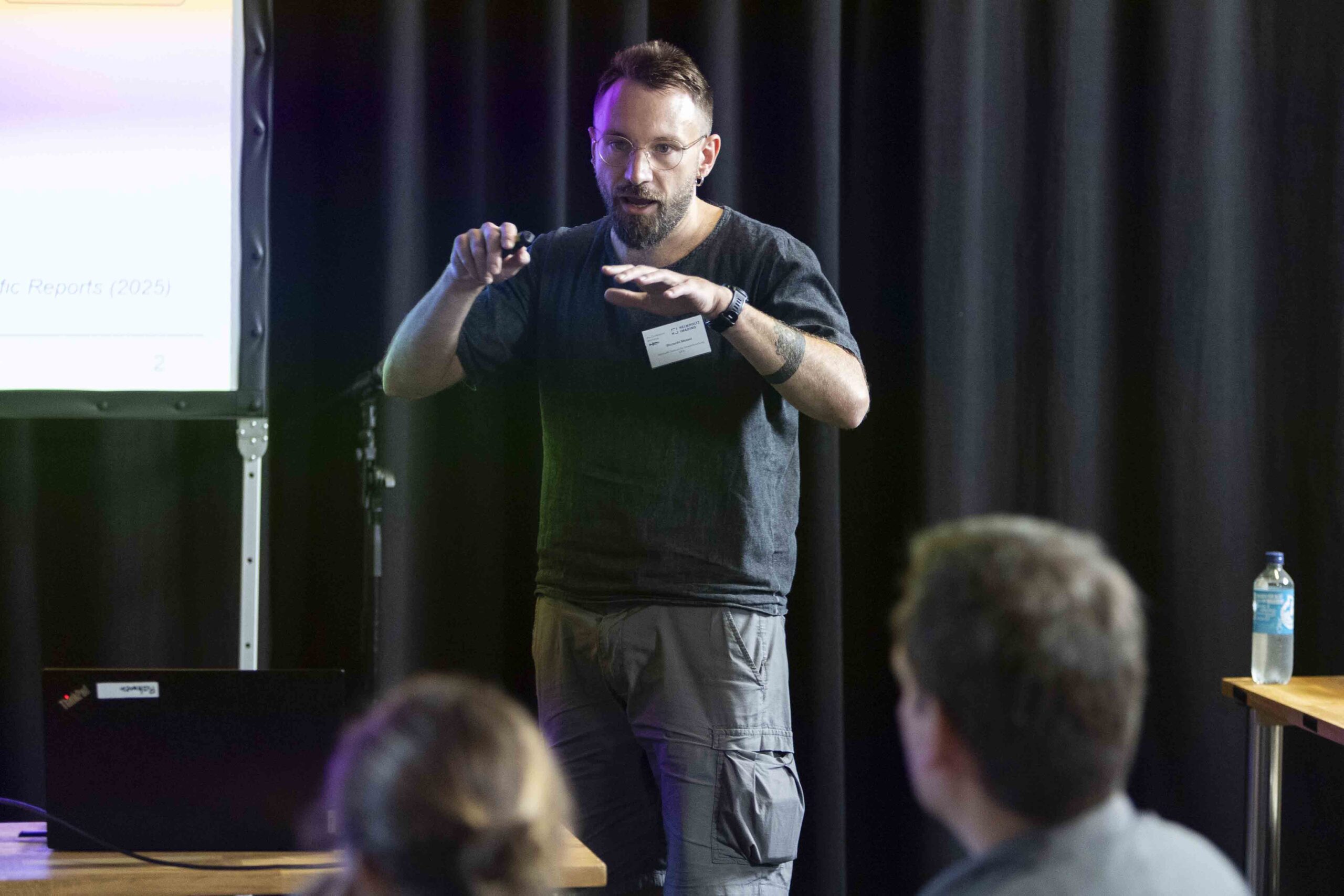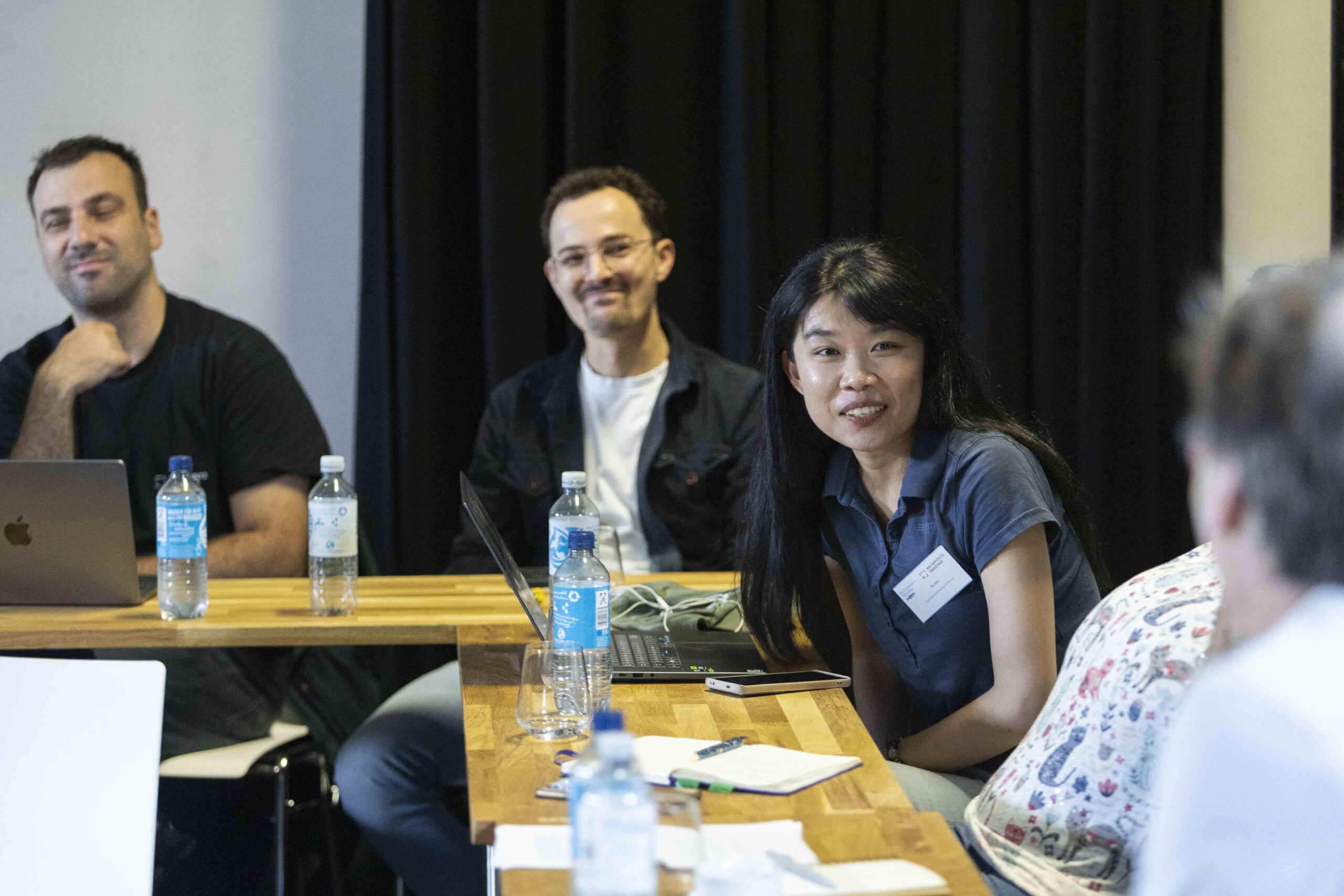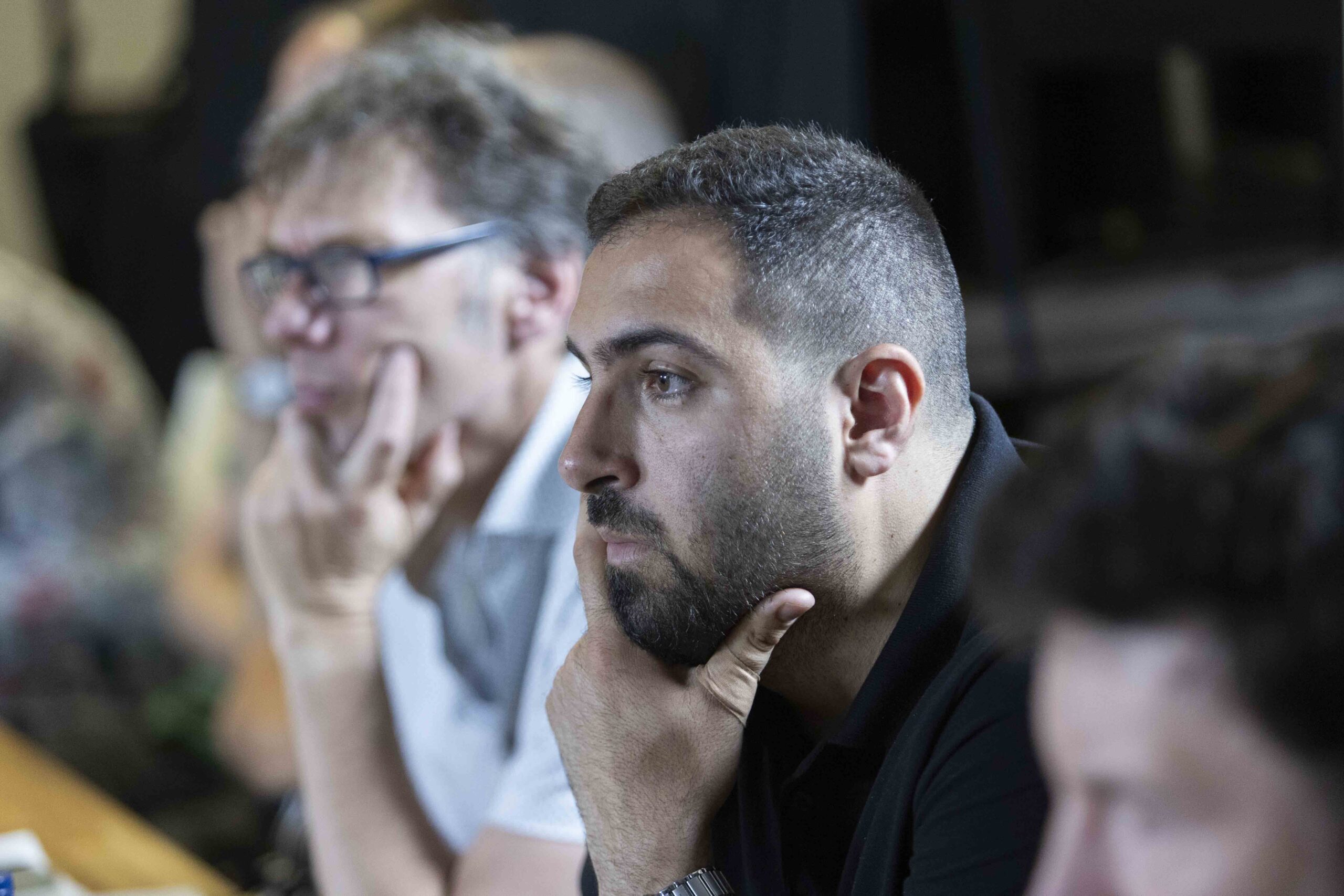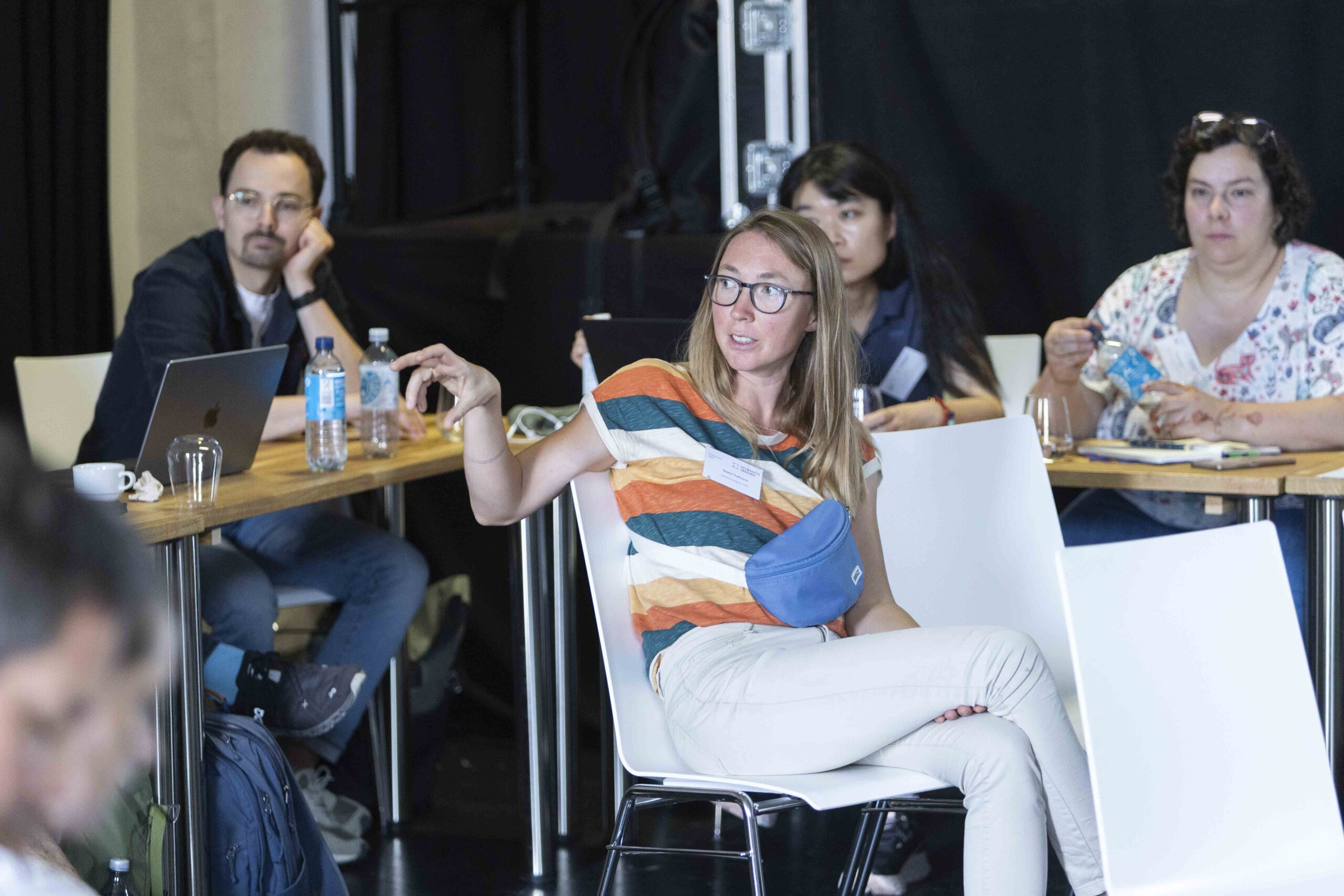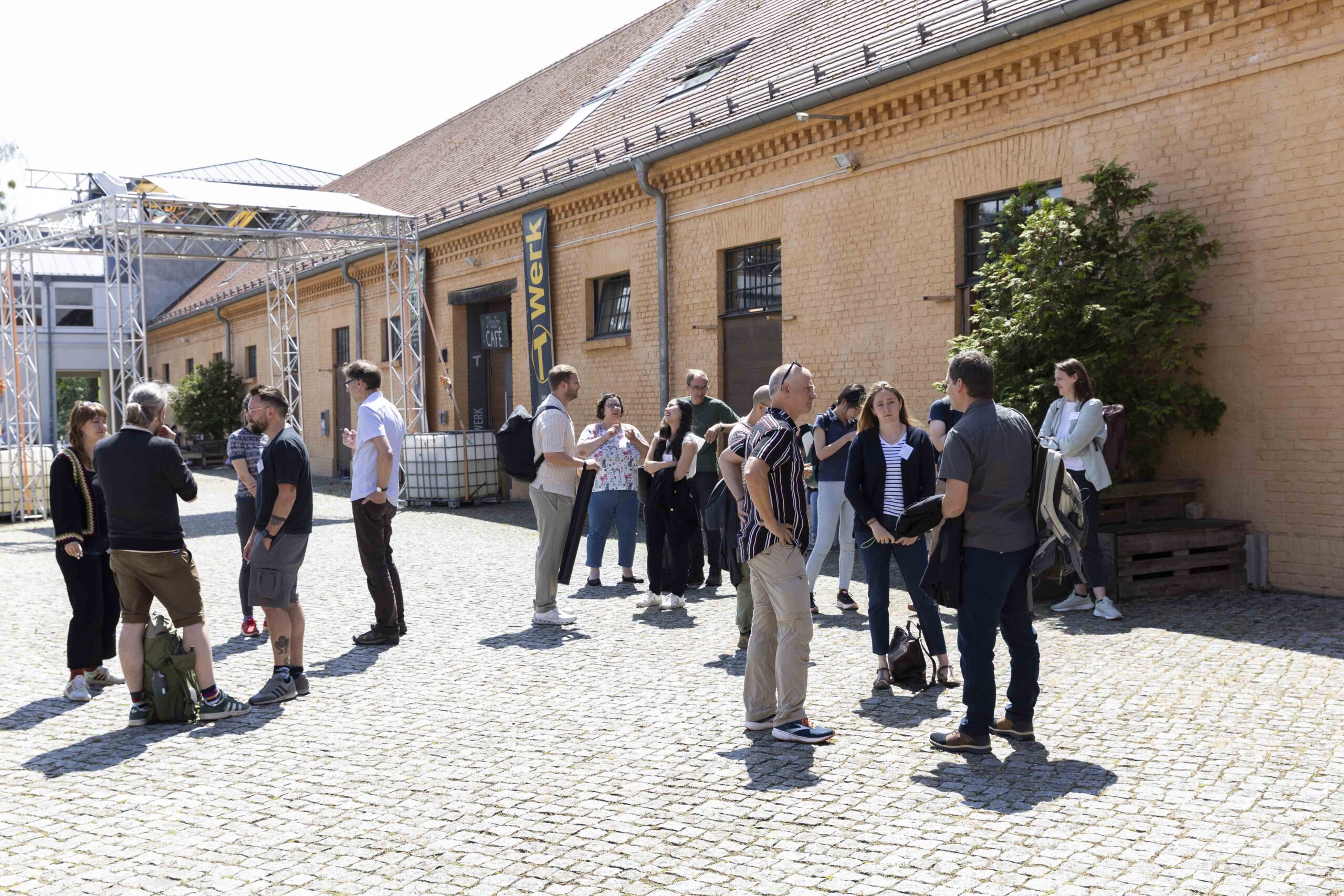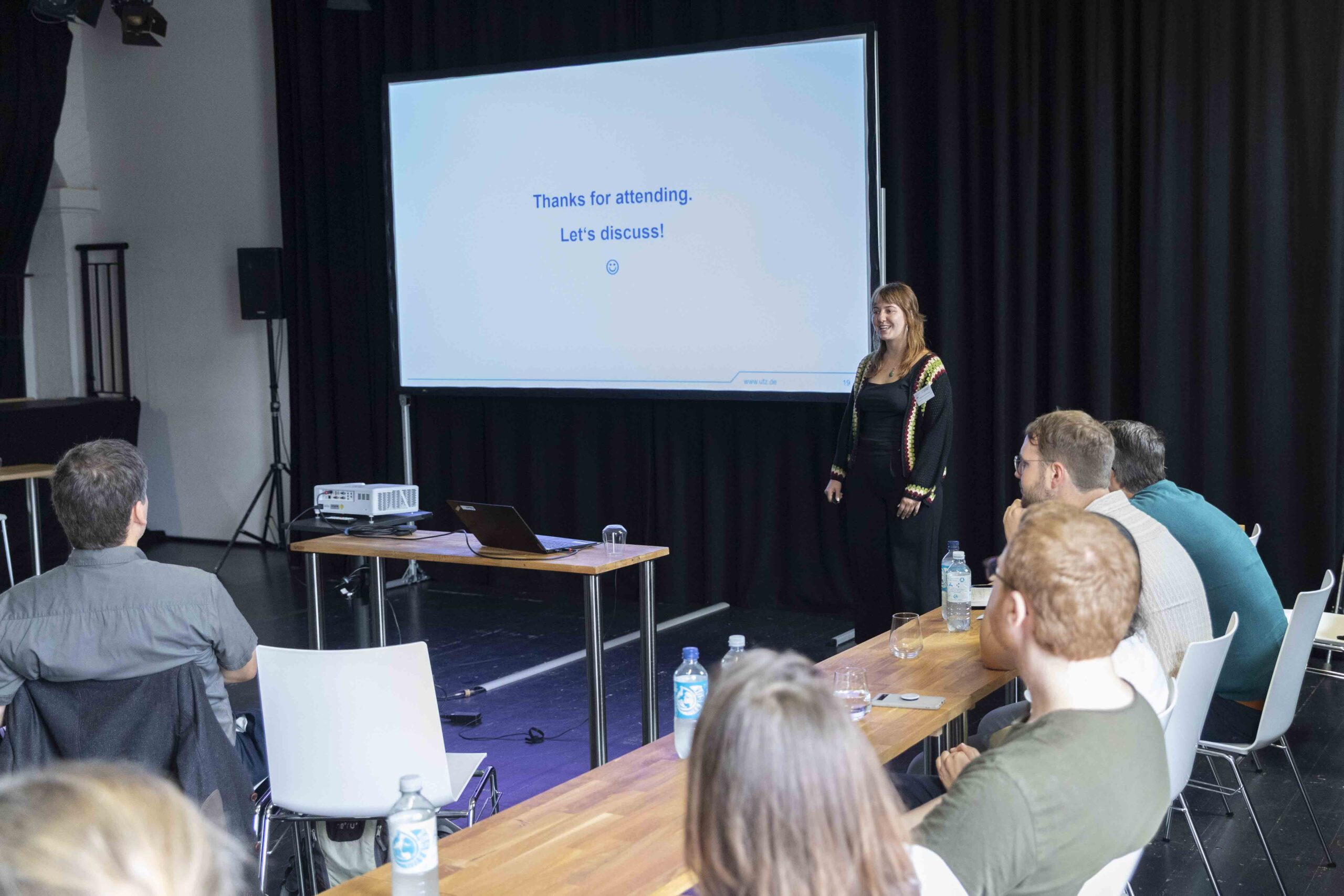Published on 08.07.2025
Advances and Challenges in Zebrafish Image and Video Analysis
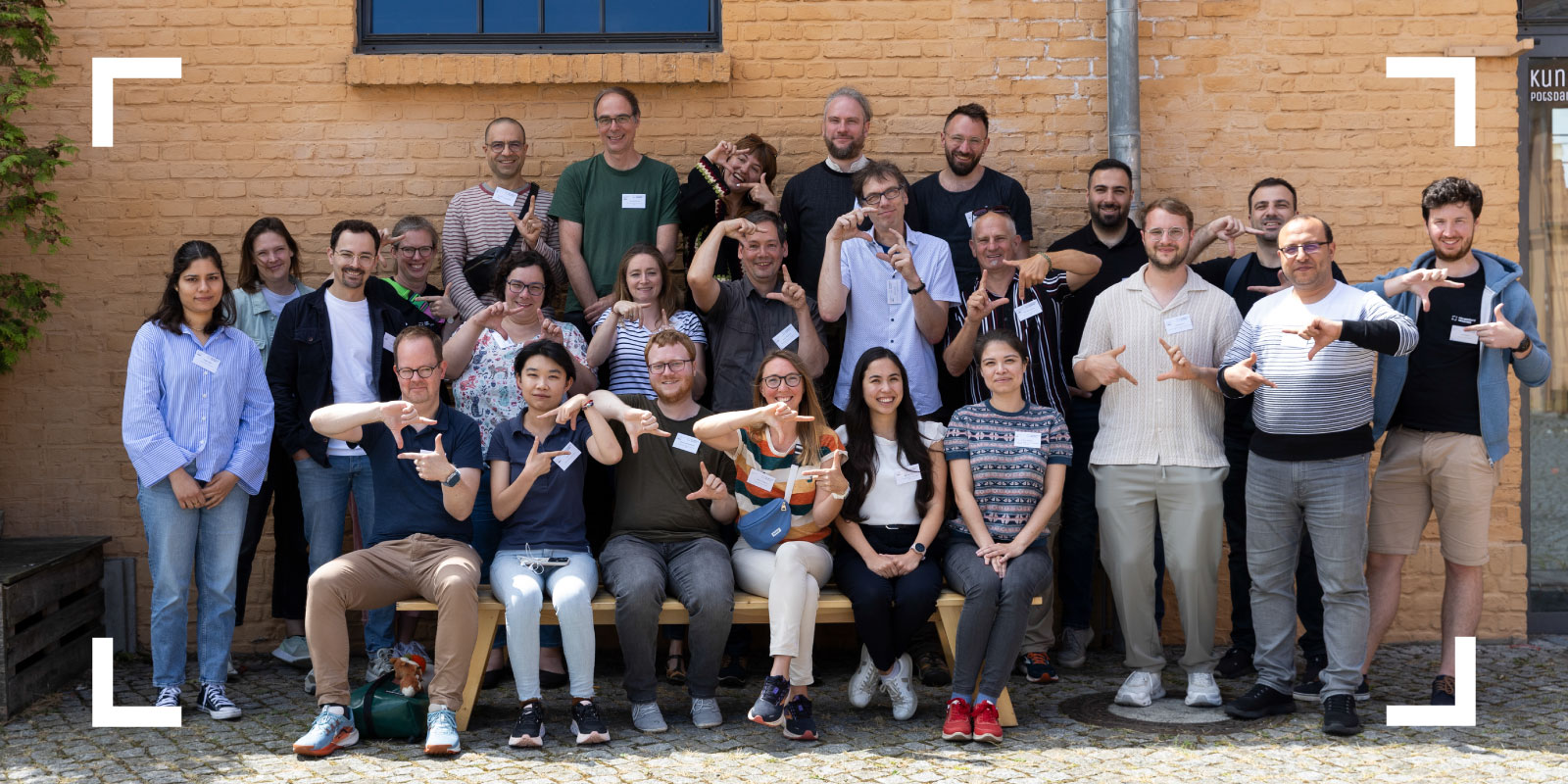
Ahead of the Helmholtz Imaging Conference 2025, a dedicated pre-conference workshop brought together a diverse group of researchers and imaging experts from different backgrounds, all of whom work with the widely used model organism, the zebrafish. Participants exchanged ideas and shared technical progress in image and video analysis, as well as explored common challenges. The workshop aimed to foster community interaction, encourage collaboration, and identify synergies across research domains.
Researchers showcased projects spanning spatially resolved genomics, toxicology, imaging device development, data management, and AI-driven image analysis, all using zebrafish models. Talks highlighted major technical hurdles such as annotation workloads, data storage, segmentation accuracy, embedding limitations, image artefacts, image registration and reproducibility. Participants emphasized the need for customized imaging pipelines, shared tools, and collaborative infrastructures.
Particular attention was given to:
- The importance of contextualizing genomics through imaging (time and space integration)
- Low-cost and portable imaging tools enabling global access and field work
- Human-in-the-loop AI models, e.g. for efficient phenotype classification and structure annotation
- Standardization and metadata frameworks to improve data usability and sharing
- Customization of established microscope techniques to biological research questions
A shared concern across projects was the annotation bottleneck and the need for high-performance computation and optimized training workflows. Method, instruments and software development, including Flamingo, FishInspector, and Leonardo, played a key role in enabling many of the imaging and analysis advances.
In the closing discussion, participants emphasized the value of occasional focused meetings like this one over formal mailing lists, suggesting that face-to-face exchanges are critical for sustaining an effective, collaborative zebrafish imaging community. The event successfully highlighted opportunities to build on existing tools, data infrastructures, and shared challenges—laying the groundwork for future joint initiatives and methodological co-development.
This workshop was organized by Christian Pylatiuk (KIT), Stefan Scholz (UFZ), and Sara Krause-Solberg (Helmholtz Imaging).
Photos: Jörg Modrow
